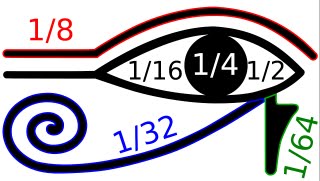In his application of Jungian analysis to Egyptian civilization, Michael Rice lauds the ancient Egyptians for their skill in drawing, accompanied by their keen eye for and love of nature. It's easy to see these combined in several small limestone panels from the Freer Gallery in Washington, DC. Some panels have human images, but others show a falcon, a crocodile, and other animals, such as this bird:
Fragment: A young bird in low relief. Freer Gallery of Art, Washington, DC.
Soft limestone H: 11.0 W: 10.7 D: 1.7 cm Egypt
Gift of Charles Lang Freer, F1908.59
The description from the gallery's web page explains:
Fragments such as this one carved in low relief have been identified as "sculptor's trials" or "sculptor's models," and were used in Egypt from the Third Dynasty to Ptolemaic times. The reliefs were used to aid sculptors in instructing apprentices about the canonical Egyptian grid. The models are often "framed" by L-shaped borders, which could have been used as depth measures. The human subjects of the sculptor's models were most often idealized versions of royal heads with headcloths or uraeus crowns. The animals used in hieroglyphic writing (the alphabet and royal titularies) were most commonly modelled.
Some of the models apparently also have edges incised at regular intervals, suggesting that they could have been overlaid with a grid, and the image then used to make larger or smaller copies by working with a different size grid.
Reference:
Rice, M. (1997). Egypt’s legacy: The archetypes of Western civilization 3000-30 BC. New York: Routledge.
Image and description copyright © Smithsonian Institution.



